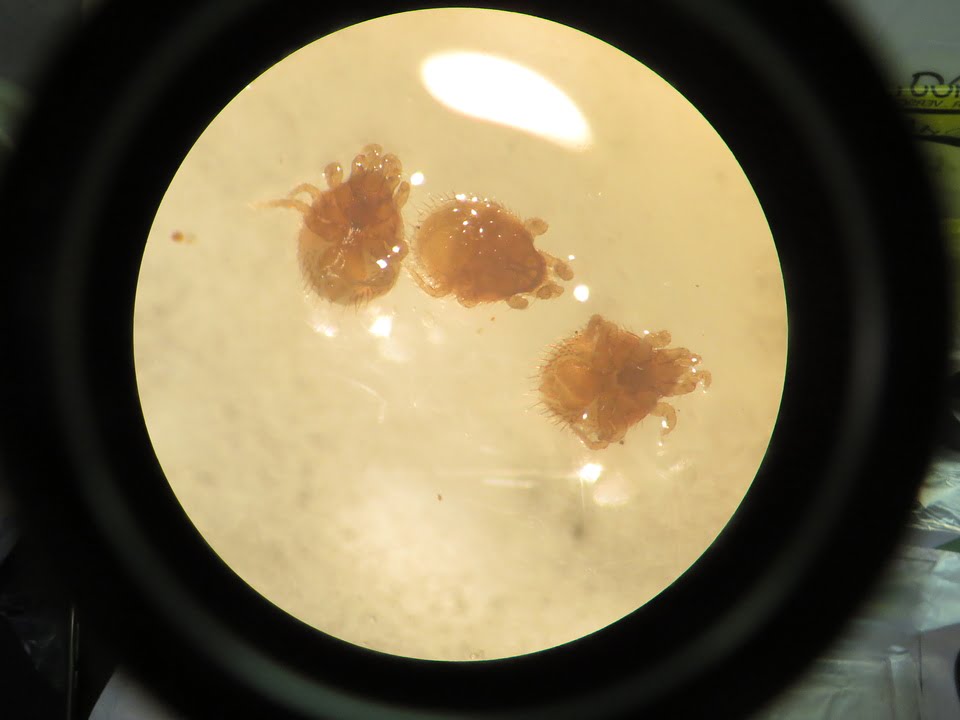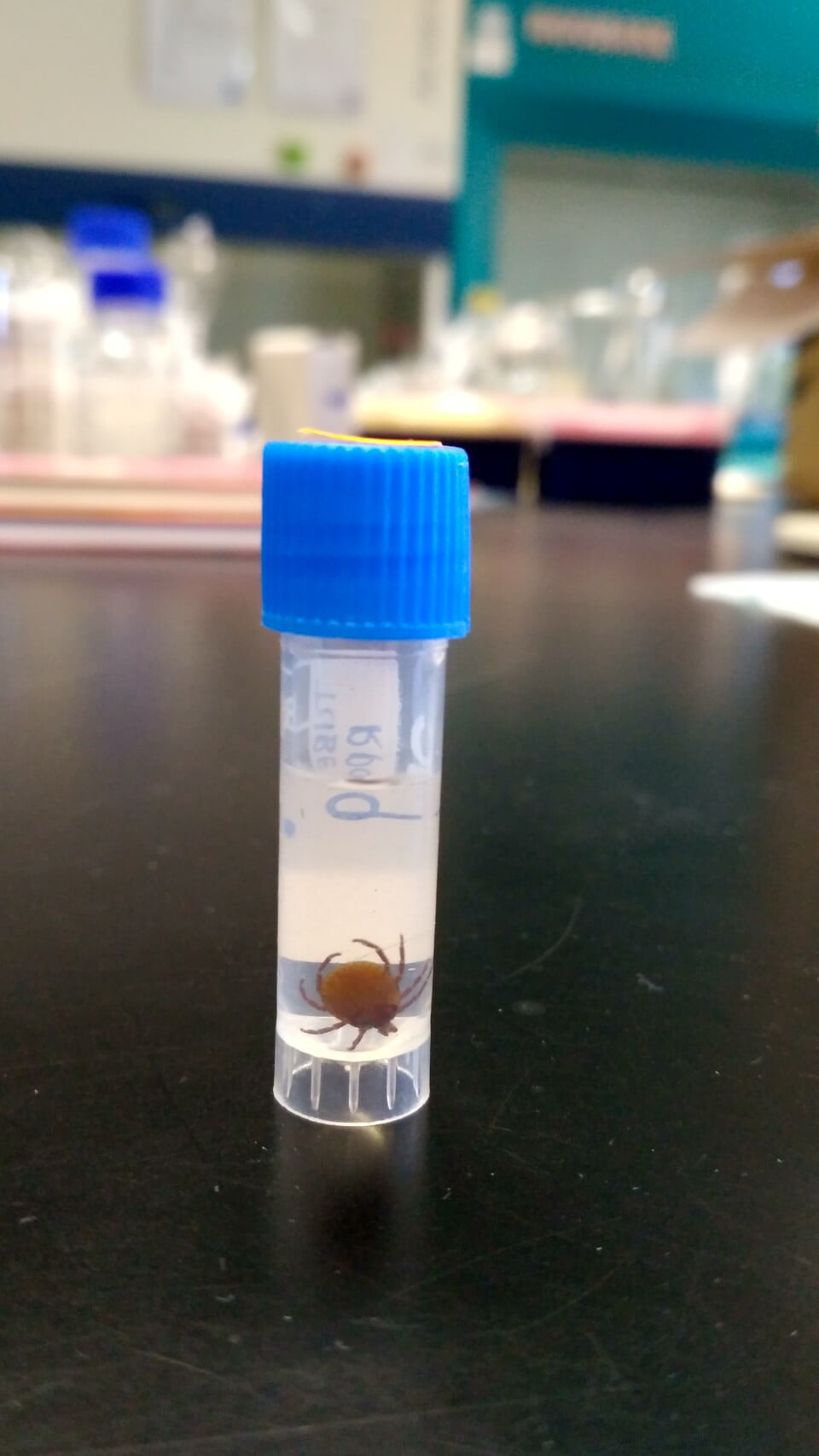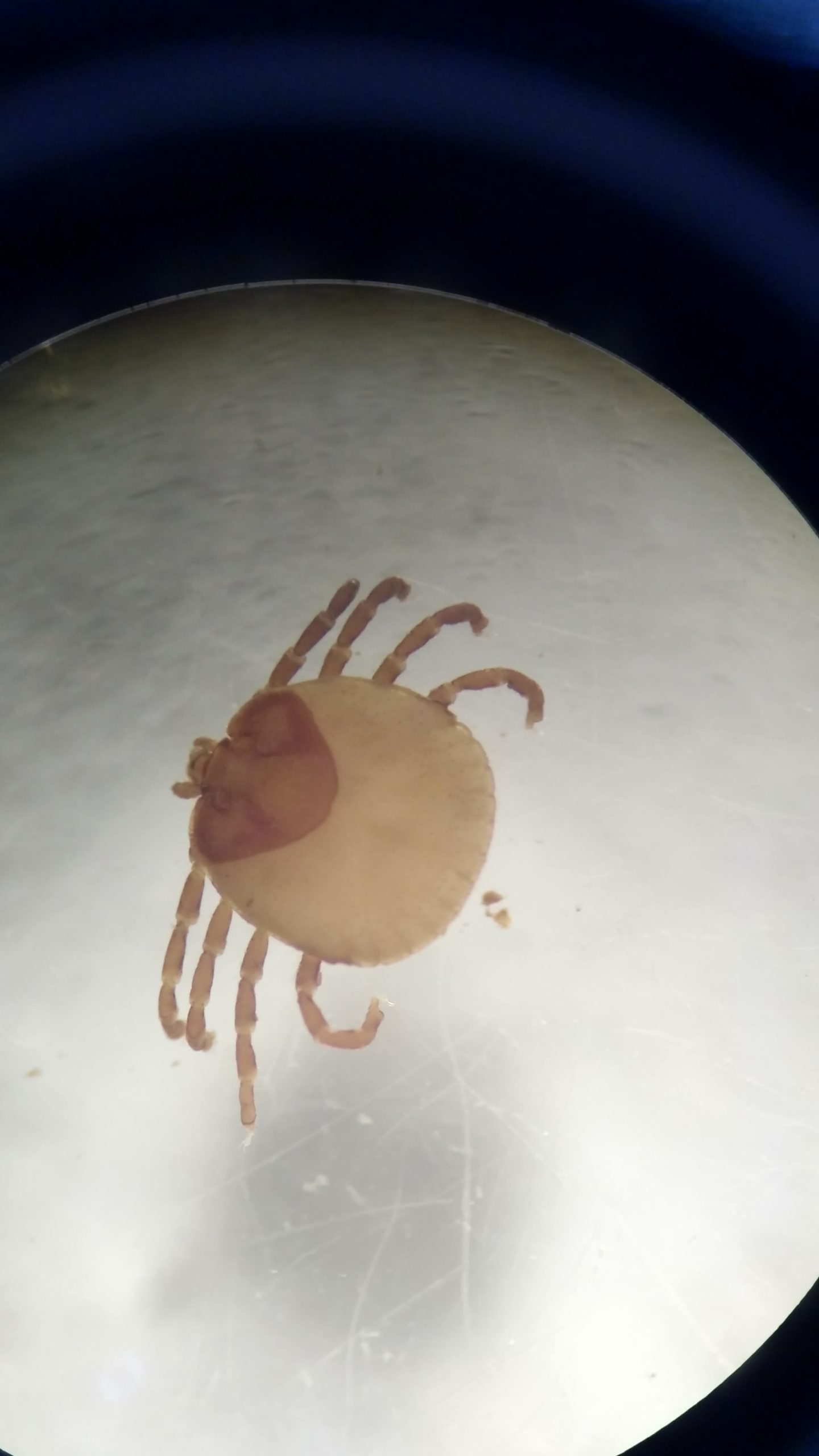Potential typhus vectors from wildlife hosts in the Lower Kinabatangan Wildlife Sanctuary, Sabah
About
MSc Researcher: Cyrlen Jalius
Supervisors: Chua Tock Hing, Stuart Blacksell, Milena Salgado Lynn
Institution: Faculty of Medical and Health Sciences, Universiti Malaysia Sabah
Status: Completed (September 2017 – September 2019)
Research Overview
The Malaysian state of Sabah is a biodiversity hotspot and a growing ecotourism destination. In particular, the Kinabatangan River has become a major tourist attraction in the state despite the shifts in land use and the dramatic increase of deforestation happening in this region and in the whole of Sabah during the last decades. Also, people seem to be more involved in outdoor activities in rural and/or remote areas. Combined, all these characteristics can be relevant to disease (re-)emergence as the possibility of humans and/or domestic fauna coming in contact with vector-borne pathogens, such as ticks and fleas, increases.
Typhus (vector-borne Rickettsial infections) ranked fourth out of 547 identifiable causes of systemic febrile illness in returned travellers from Southeast Asia. Yet, detailed epidemiology and understanding of the burden of rickettsioses in Southeast Asia has been limited. It is estimated that hundreds of fatal cases and thousands of non-fatal cases go undiagnosed in the region each year. To our knowledge, there has been no research or database on ectoparasites (vectors) and rickettsia in the Kinabatangan area.
Research Questions:
- What is ectoparasite diversity and prevalence from wildlife hosts residing in the Lower Kinabatangan Wildlife Sanctuary (LKWS)?
- What is rickettsia’s diversity and prevalence in the ectoparasites collected from the wildlife hosts?
Methods
Ectoparasites have been collected opportunistically through DGFC’s projects in the LKWS from a variety of hosts (civets, rats, squirrels, monitor lizards, reticulated pythons and nocturnal primates). The ectoparasites were morphologically identified at the species level by using morphological criteria within standard taxonomic keys based on Khols, 1957. Molecular techniques using genetic markers were used to identify cryptic ectoparasite species using genotypic traits. Nested PCR was done to target the 16s RNA, 17kDa surface antigen, ompB, and sca4 genes for molecular detection of rickettsia species. Amplified DNA products were sequenced for rickettsia species identification.
Outcomes
A database of rickettsia and ectoparasites in wildlife hosts residing in the LKWS was created to benefit wildlife and people living and visiting the area.
Methods for rickettsia identification in potential victims was standardised and shared with the relevant authorities (i.e. Ministry of Health).
By increasing the knowledge on potential infectious diseases that might affect wildlife and humans in this region, actions can be taken to reduce risks and prevent this disease from becoming a major public health problem in the LKWS, and also for management strategies for the wildlife in the region.

©DGFC

©DGFC

